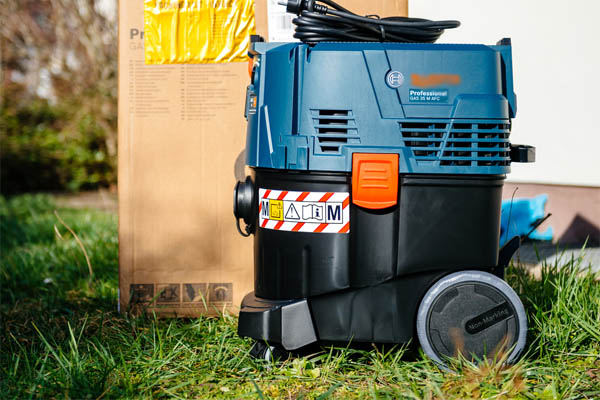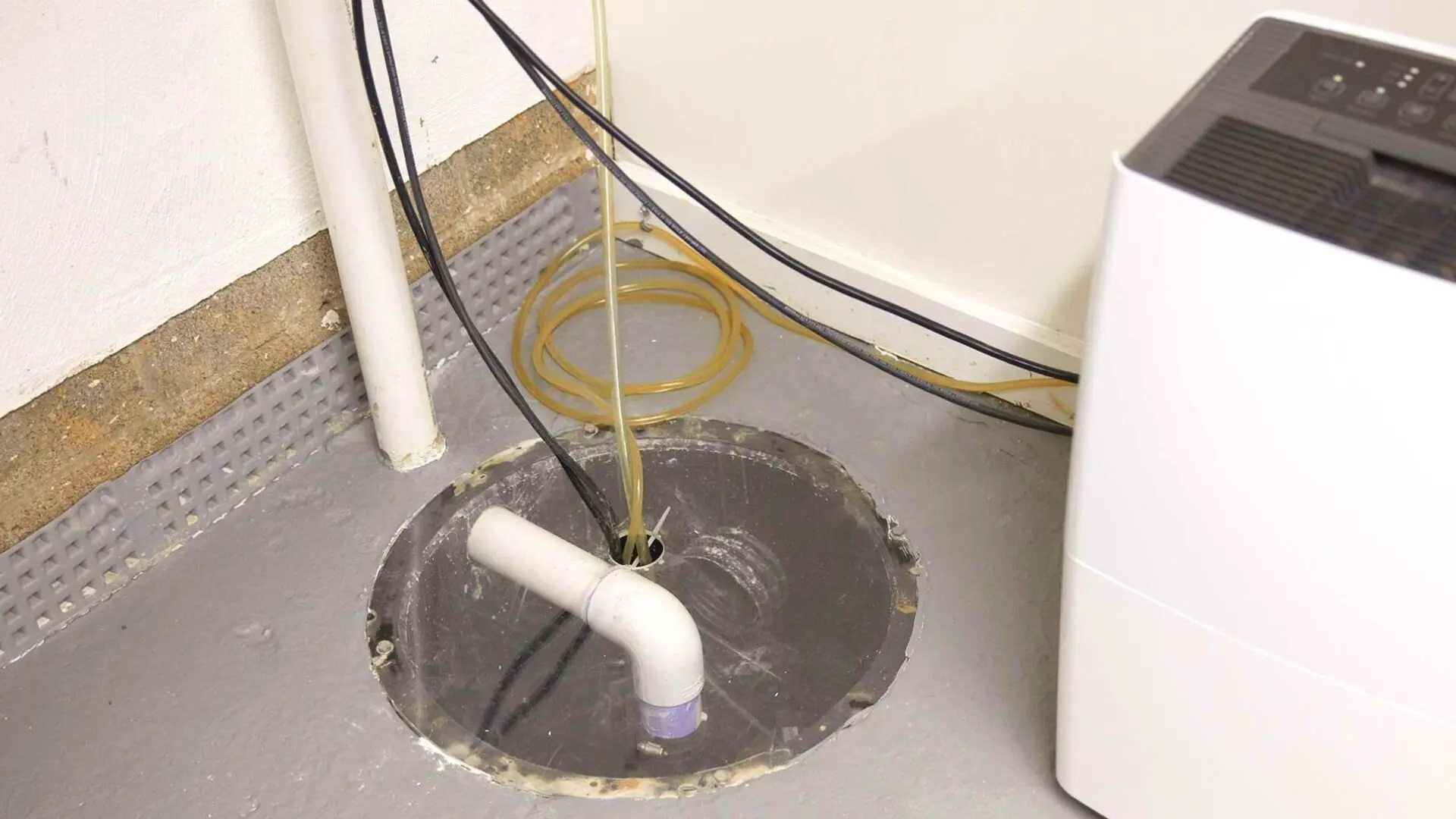Simple Tips for Caring for Your Sump Pump
Simple Tips for Caring for Your Sump Pump
Blog Article
How do you feel with regards to How to Care for Your Sump Pump?

Sump pumps are important parts in many homes, particularly in areas vulnerable to flooding or extreme moisture. They assist stop water damage by successfully eliminating excess water from basements or crawl spaces. Nonetheless, like any other appliance, sump pumps need normal maintenance to ensure they operate properly when required the most. Cleansing your sump pump is a crucial part of its maintenance, and comprehending how to do it properly can conserve you from expensive repair services and potential calamities.
Introduction
Keeping a clean sump pump is vital for its proper functioning and durability. Disregarding this vital job can cause obstructions, malfunctions, and ultimately, water damage to your residential property. Therefore, finding out exactly how to cleanse a sump pump is critical for home owners who rely on these tools to keep their cellars completely dry and safeguarded.
Indicators of a Dirty Sump Pump
Recognizing when your sump pump needs cleaning is important for preventing possible malfunctions. Some common indicators that show a dirty sump pump consist of weird sounds during operation, reduced water flow, and noticeable particles in the pit. If you see any one of these signs, it's important to cleanse your sump pump immediately to avoid any kind of additional concerns.
Getting ready for Cleaning
Prior to you begin cleansing your sump pump, it's important to take some security precautions. Beginning by turning off the power to the pump to stay clear of any type of electric accidents. Furthermore, put on appropriate safety equipment, such as handwear covers and safety glasses, to safeguard on your own from dust, particles, and prospective virus.
Comprehending the Sump Pump
Before diving right into the cleaning process, it's vital to have a fundamental understanding of just how a sump pump works. Commonly installed in a pit or basin listed below the basement flooring, a sump pump consists of a number of essential parts, including a pump, a float button, and a discharge pipe. When water accumulates in the pit, the float button activates the pump, which after that pumps the water out via the discharge pipe, far from the building's structure.
Detailed Overview to Cleaning a Sump Pump
Shutting Off the Power
Begin by disconnecting the power supply to the sump pump to avoid any mishaps while cleansing.
Looking For Proper Performance
Prior to re-installing the pump, carry out a fast test to make sure that the float switch turns on the pump correctly. Pour some water into the sump pit and observe the pump's procedure. If whatever is functioning correctly, you can reassemble the pump and reconnect the power supply.
Eliminating Debris and Dirt
Utilize a pail or a scoop to remove any visible particles, dirt, or debris from the sump pit. Dispose of the debris properly to stop it from clogging the pump or the discharge pipeline.
Cleaning up the Pump and Float Switch
As soon as the pit is free from debris, very carefully eliminate the pump from the pit. Examine the pump and the float switch for any type of indications of damage or wear. Make use of a soft brush or fabric to clean up the surface areas and eliminate any type of built up grime.
Flushing the System
After cleaning the pump and float button, purge the sump pit with clean water to get rid of any type of remaining dust or debris. This will certainly aid make sure that the pump runs efficiently and efficiently.
Upkeep Tips to Maintain Your Sump Pump Clean
In addition to regular cleansing, there are several maintenance suggestions you can follow to keep your sump pump in ideal condition:
Final thought
Cleaning your sump pump is a critical aspect of its upkeep and ensures that it operates properly when you need it the most. By adhering to the steps described in this overview and including regular maintenance into your routine, you can prolong the life-span of your sump pump and protect your home from water damage.
6 STEPS ON HOW TO CLEAN A SUMP PUMP PROPERLY
UNDERSTANDING SUMP PUMPS
Your sump pump plays a crucial role in protecting your home by managing and removing excess water. It primarily functions as a “shield”, guarding your basement against the damaging effects of water accumulation. The pump is housed in a sump pit in the lowest part of your basement, and its job is to pump out any water that collects there.
During heavy rainfalls or when snow melts rapidly, water can infiltrate your basement, posing potential risks like flooding, structural damage, and harmful mold growth. Here, the sump pump springs into action, pumping out the intruding water and directing it away from your home.
SAFETY FIRST
Before cleaning, remember to prioritize safety. Disconnect the sump pump from the power source to prevent any accidental electric shocks. Also, wear sturdy gloves to protect your hands from any sharp or dirty components within the pump.
REMOVE THE SUMP PUMP
After ensuring your safety, the next step is to remove the sump pump from its pit. Doing this might require careful maneuvering as you don’t want to damage any pump components. Once removed, clean the sump pit to remove any accumulated debris or sludge.
INSPECT THE PUMP
Inspect the pump for any visible signs of wear or damage. Check the power cord, float switch, and impeller housing. If any components look worn out or damaged, consider replacing them to ensure optimal performance.
CLEAN THE PUMP
Thoroughly clean the pump with warm, soapy water. Make sure to rid it of any dirt, gravel, or other debris that might impede its performance. You can use a toothbrush to clean the small, hard-to-reach parts of the pump.
REINSTALL THE SUMP PUMP
Reinstall the pump into the sump pit Make sure it’s positioned correctly to remove the water effectively Once it’s back in place, reconnect it to the power source TEST THE PUMP
Finally, pour some water into the pit to ensure the pump works correctly. It should start automatically and begin pumping out the water; if it doesn’t, check the power source and the positioning of the pump.
Remember, while cleaning your sump pump is an essential part of home maintenance, hiring a professional plumber for a thorough inspection and cleaning at least once a year is also important. This will ensure that your pump is in optimal condition, ready to protect your home from potential water damage.
BEST PRACTICES FOR CLEANING SUMP PUMP DISCHARGE PIPES
Regular Inspection: Regularly inspect your discharge pipes, especially during heavy rainfall or snowmelt periods. Look for any signs of blockage or damage. Early detection of problems can prevent serious issues down the line. Periodic Cleaning: Over time, sediment and debris can accumulate in the discharge pipes, impeding the flow of water. Regular cleaning helps keep the pipes clear and functioning efficiently. You can use a high-pressure water jet to effectively clean the pipes. Insulation During Winter: In colder climates, discharge pipes can freeze, blocking the outflow of water. Protect your discharge pipes from freezing temperatures by insulating them with foam pipe insulation. This will ensure the sump pump can continue to discharge water even in freezing conditions. Proper Positioning: The discharge pipe should be positioned to direct water away from your home’s foundation. Improper positioning can lead to water seeping back into the basement. Ensure the pipe is long enough and angled correctly. Installation of a Check Valve: A check valve prevents water from flowing back into your sump pit after the pump has pushed it out. Installing a check valve helps maintain the efficiency of your sump pump and reduces the risk of flooding. Minimize Pipe Turns: Every curve or turn in the discharge pipe can decrease the efficiency of water flow. By minimizing turns and bends in your discharge pipe, you can increase the efficiency of your sump pump. https://www.fullspeedplumbing.com/how-to-clean-a-sump-pump-properly9999/

I have been very focused on Cleaning & Maintenance Tips for Your Home's Sump Pump and I hope you liked my blog posting. Do you know another person who is fascinated with How To Effectively Clean A Sump Pump? Feel free to share it. We treasure your readership.
Call Today Report this page